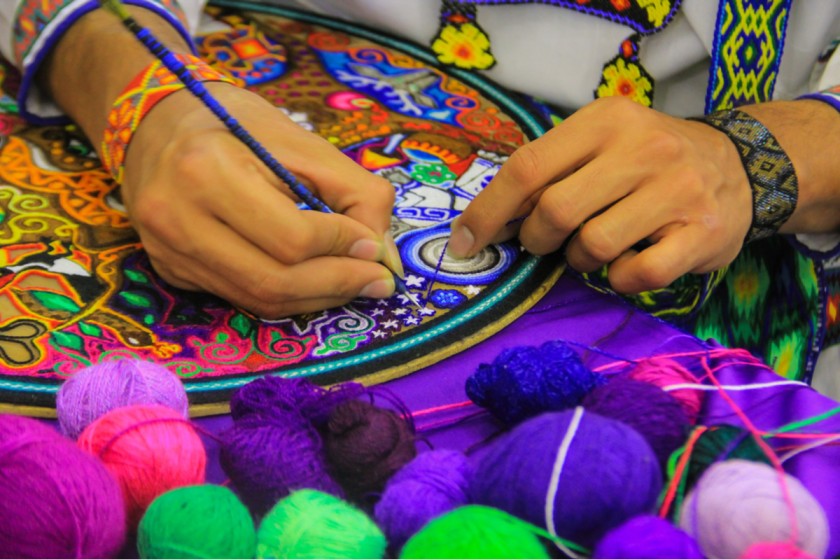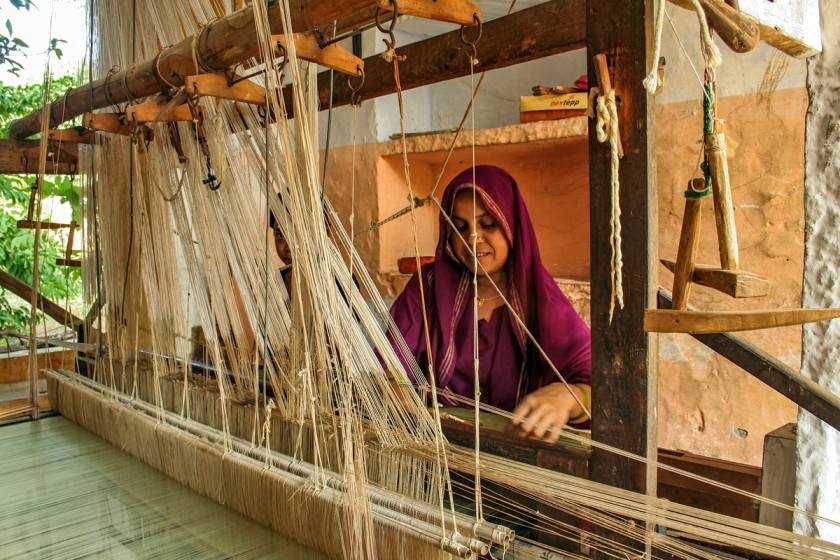5 trends: Indian Handicraft Sector to an Upsurge in 2022



Indian handicraft is an art that reflects the multiculturality of the Indian population. It reflects the long-drawn tradition of Indian art and craft. Since the advent of industrialization, the handicraft sector has been marginalized. But today, as people are looking towards sustainable and archaic pieces of craft, the handicraft sector will soon contribute to the booming Indian economy.
The Indian handicraft sector is one of the most significant job creators, and a substantial chunk of its production is exported. Numerous state and local government bodies have contributed to its steady growth over the years. Furthermore, a recent report by India Brand Equity Foundation states, “The Indian handicrafts sector is fragmented with over seven million regional craftsmen and 67,000 exporters/export houses, promoting regional art and craftsmanship in domestic and international markets.”
The Evergreen Sector

Handicraft has constituted the major chunk of Indian export and has proved to be the backbone of India’s thriving rural economy for years. Indian handicrafts have successfully generated employment among the rural and urban populations. Both the local and central authorities know the importance of this sector, and that is why they have constantly been motivating local artisans with various schemes and discounts.
Moreover, stats indicate that exports of the Indian handicraft industry will cross twenty-four thousand crores by 2022-23. The Ministry of Textiles, in their report, states that the Indian handicraft industry has witnessed a steady growth of 20 percent annually. Furthermore, this indigenous industry has presently employed more than 70 lakh artisans. This has also contributed significantly to the increased volume of foreign exchange via exports.
Trends Propelling the Growth of Indian Handicraft
Some of the key trends in this industry that is responsible for its growth are as follows -
Government Support
The central government is well aware of the benefits of the Indian handicraft industry. And this belief is manifested in the various schemes that the government of India has launched in recent times to help artisans. Steps like Ambedkar Hastshilp Vikas Yojana and Dastkar Sashaktikaran Yojana aim to develop infrastructure for the handicraft industry. These schemes, in collaboration, connected various artisans to the self-help groups and multiple societies that aided them in bulk production and making effective economic decisions. It also helps artisans in the procurement of raw materials for their crafts.
Governments launched the Mega Cluster Scheme to nurture employment opportunities for artisans. The scheme also guarantees and improves living standards for artisans by using the cluster-based method to scale the infrastructure primarily in rural areas. Numerous marketing support and service schemes aim to increase the accessibility to the national and international trade fairs.
The government launched research and development schemes to collect information on the aesthetic, economic and social factors of artisans and their craft in the handicraft sector. This data is then manifested to launch welfare schemes for the artisans.
Emergence of Trade Platforms

Indian handicraft has always lacked a proper platform that would have helped them reach customers beyond their local communities. Companies like Craftezy have curated a platform dedicated to the Indian handicraft industry. These platforms have enabled local artisans and craftsmen to connect with the global market. B2B marketplaces such as these have catalyzed the growth of the handicraft industry.
These specialized platforms have also connected traders from global marketing, enabling them to exchange their products. Furthermore, it has also improved the supply chain and has brought retailers and handcraft manufacturers closer than ever.
Technology in Trade
Technology has played a crucial role in making handicraft products accessible to a broader audience. E-commerce platforms such as Amazon and Flipkart have given these small businesses a chance to interact with a broader customer base. And have also helped them in compounding their sales.
Social media platforms have also helped Indian handicraft in ways that weren't possible before. People are now more aware of handicraft products than they were before. Moreover, this has made people globally aware of the Indian handicraft industry.
Increasing Exports
Until now, the global footprint of the handicraft industry has been decent, but this is expected to change in the coming times. Market studies have predicted that the world handicraft industry will become worth 1,091 billion dollars by the end of 2024. The exports have been up by 40 percent in the last five years. And it is to be noted that about 3/4th of the exports constituted Indian handicraft goods.
More than a hundred countries import our handcrafted goods, with the US being on top of the buyer's list with one-third of India's overall handicraft exports. This trend is fueled by government schemes that have reduced the incentive rates on handmade products exports from seven to five percent.
Changing Attitudes of Artisans
Craftsmen of India have been facing issues in manufacturing in marketing their products for a very long time. However, several new markets have been coming up, which has helped these artisans market and sell their products effectively. Knowing that government schemes have their back, artisans have been upskilling themselves to improve the quality of their products.
Moreover, they have been innovating with their products to meet the needs and demands of their customers. Many local handicraft businesses have been actively increasing their workforce by training new people to expand their inventory. The introduction of technology in their businesses has helped them tackle new challenges and evaluate their business effectively.
These trends have effectively contributed to the growth of the handicraft industry. The overall character of the handicraft industry has reflected the cultural richness of our country. And now, with the coming of technology, this marketplace is set to reach new heights. Furthermore, with government aid and reduced tariff rates, there is no doubt that the Indian handicraft industry will play a crucial role in uplifting the standard of living in rural areas.
So if a fashion business wants to include handmade garments in their collection, they would require a good B2B platform. This is where Fashinza comes in. Fashinza is a B2B apparel manufacturing platform that helps clothing brands to manufacture their collections by connecting them with suitable suppliers.



















